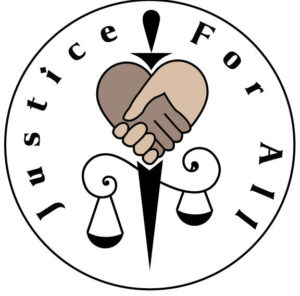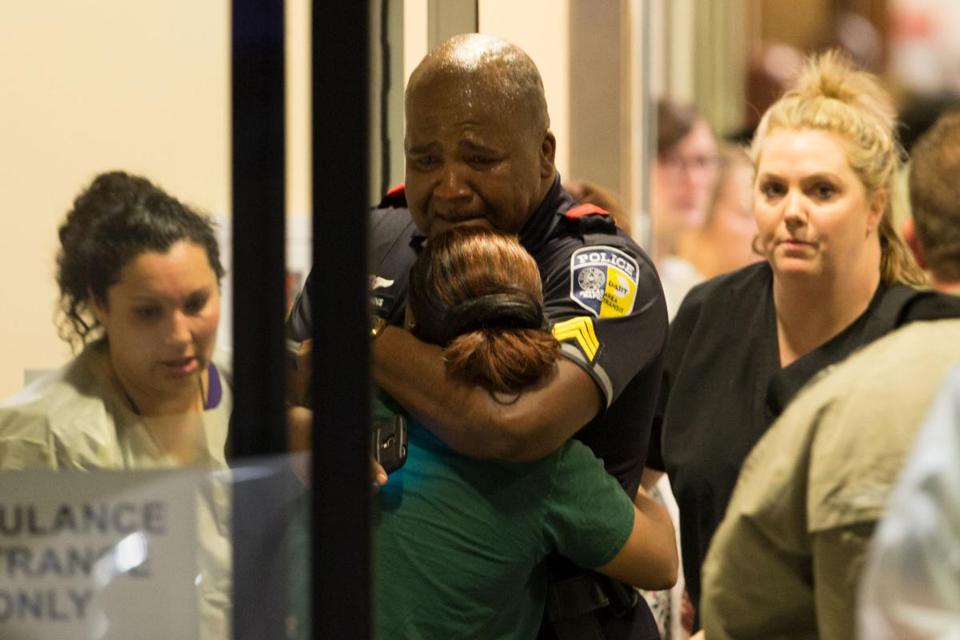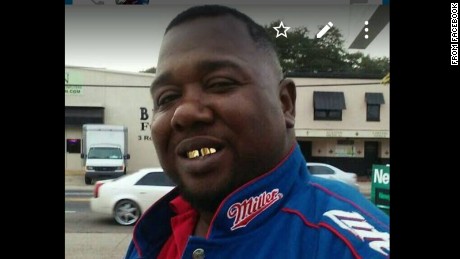For Immediate Release
Montpelier, Vermont, July 8, 2016 –Justice for all, a racial justice nonprofit in central Vermont today released a statement on the recent deaths of two African Americans at the hands of law enforcement. They also provided some comments on the murders of five Dallas, Texas law enforcement officers and wounding of an additional seven. Allyson Sironi Co-founder of Justice For All said in a statement “It deeply saddens and troubles us at Justice For All that we again must mourn the deaths of African American men at the hands of those who have sworn to serve and protect them. Our thoughts and prayers are with the families and friends of Alton Sterling, Philando Castile and the Baton Rouge and Saint Paul Communities. Officers Howie Lake II, Blane Salamoni and Jeronimo Yanez and their respective departments, families and friends have a heavy burden to bear and our thoughts and prayers are with them as well.”
These latest manifestations of the racial disparities in our criminal justice system have left the nation with a sense of hopelessness and outrage resulting in the heinous attack on Dallas Police. Mark Hughes, Co-founder of Justice For All commented, “We offer condolences to the families and friends of officers Brent Thompson, Patrick Zamarripa (and three yet to be named). We wish a speedy recovery to Omar Cannon, Misty McBride, Jesus Retana (and four yet to be named) and lift up the entire Dallas community. We hope the best for the family and friends of Michael Johnson, as they try to find meaning for his actions and struggle with their loss. “
Today Justice For All put forward a number of steps that they believe should be taken to address the issue preemptively in Vermont “In light of severity and trajectory of this national crisis we recommend that a number of steps be taken immediately to keep us all safe in Vermont.” The list includes the a suggestion that the Criminal Justice Training Council expedite the delivery of Fair and Impartial Policing Training to all law enforcement throughout the state. “The current plan to complete this training by 2019 is unacceptable”, Sironi said.
Justice For All also suggested that, as with other professions, that law enforcement be placed under the oversight of the Office of Professional Regulation in Vermont. Recent reports on Vermont State Police race traffic stops, and the Sentencing Project Report reveal empirical data indicating that the problem is worsening with racial disparities and that Vermont is among the most severe in the nation! Hughes commented, “It is time that our law enforcement stops overseeing themselves.” A policy and training for Fairness and Impartiality for all Vermont justice employees was next on the list as Hughes commented, “This is a system problem, not a police problem” Finally, Justice For All encouraged legislators to lead this effort with a show of commitment by placing the important issues of racial disparities in the criminal justice system and legislative impact assessments on the summer agenda in Joint Legislative Justice Oversight.
These recent events in Baton Rouge, St Paul and Dallas illustrate disparity, decisions informed by biases, fear, distrust, murder and outrage. The existing landscape makes it imperative that we in Vermont take immediate action on racial disparities in Vermont’s criminal justice system. “This is not one that we are going to be able to wait out”, Sironi said.
###
About Justice For All
Justice for All is a Vermont-based, racial justice non-profit organization that identifies and dismantles institutionalized racism and facilitates healing and empowerment in Vermont communities. They ensure justice for all through community organizing, research, education, community policing, legislative reform and judicial monitoring. To this end they address systemic issues such as racially biased policing and racial disparities in the criminal justice system.
Contact Information
Mark Hughes Cofounder
Co-founder, Justice For All
o: (802)532-3030
justiceforallvt.org
@Justice4AllVT




